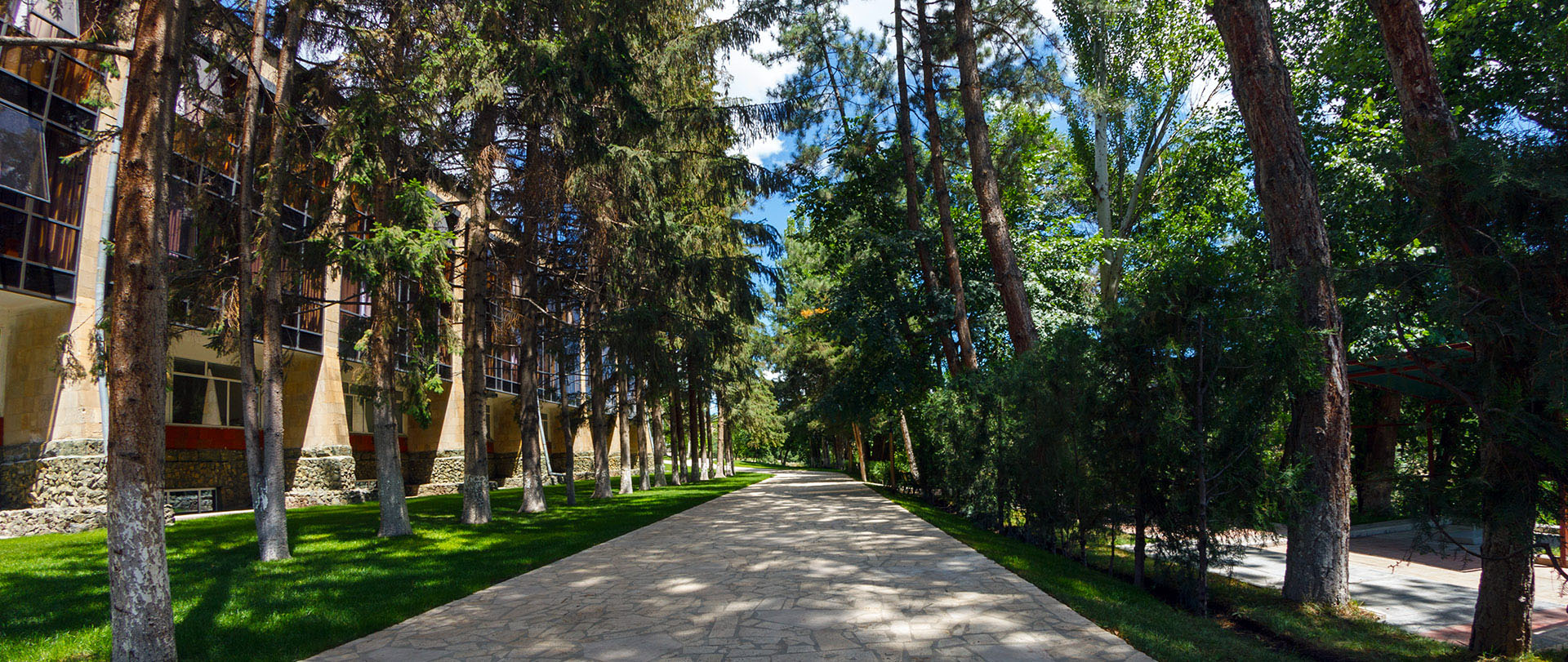
Peat Therapy and Paraffin Therapy
Thermal procedures are among the most common physiotherapeutic methods used to treat joint conditions both at home and in medical facilities. Heat application helps dilate capillaries, accelerate blood flow, and improve lymphatic and venous drainage in the affected joint area. Additionally, tissues receive an increased supply of nutrients and oxygen, enhancing metabolic processes.
Paraffin therapy not only helps refresh the complexion and restore skin tone, but also treats joints, relieves muscle pain, and aids in healing various skin conditions.
Paraffin is a petroleum-derived product composed of saturated acyclic hydrocarbons. It melts at a temperature ranging from 45 to 65 degrees Celsius. Upon cooling, it transforms into a solid, brittle substance. Paraffin mixes well with fats and fat-based compounds, but it does not interact with or dissolve in water or alcohol.
A 1-1.5 cm thick layer of paraffin is applied to the affected area of the body, wrapped in oilcloth and a wool blanket, and kept in place for 30 to 60 minutes. After removing the paraffin, the skin typically appears red and sweaty. It is important to wipe off the sweat and keep the area warm. The procedure, lasting 15-20 minutes, is performed daily or every other day.
Peat baths have been known for their unique therapeutic effects since the times of Ancient Greece and Rome. Intensive study of the biochemical properties of peat, which demonstrated a positive effect in balneological applications, began in the second half of the last century.
Peat is composed of a group of substances that are natural products of the environment. These are formed through the biological transformation of organic materials over approximately 8,000 years. Medicinal herbs and flowering plants gradually turn into a botanical mass, which is now used for peat bath treatments
Combustible components of peat: 1․Carbon: 50–60% 2․ Hydrogen: 5–6.5% 3․ Oxygen: 30–40% 4․ Sulfur: 0.1–1.5%.
In peat therapy, peat that meets all sanitary and hygienic standards is typically used. The most effective is highly decomposed plant-based peat, heated to 42–52°C, which contains a high concentration of organic substances, has low thermal conductivity, and high heat capacity.
The most common method is the application technique, sometimes combined with electrotherapy.
Therapeutic effects of peat on the body:
- Improves blood circulation
- Stimulates metabolism
- Accelerates the absorption of pathogenic infiltrates
- Alleviates inflammatory processes
- Reduces swelling and relieves pain
Indications:
• Chronic musculoskeletal and joint diseases
• Radiculitis, neuritis, plexitis, and traumatic injuries
• Gynecological conditions
• Prostatitis, severe scarring, postoperative adhesions
Contraindications:
• Acute stages of the above-mentioned diseases
• Acute inflammatory conditions
• Bleeding
• Tuberculosis
• Cardiovascular diseases
• Cerebral vascular sclerosis
• Malignant tumors
• Stomach and duodenal ulcers
Book here! For more details, call +7 958 402 21 61 or message us in the chat - we’re always online!
back

